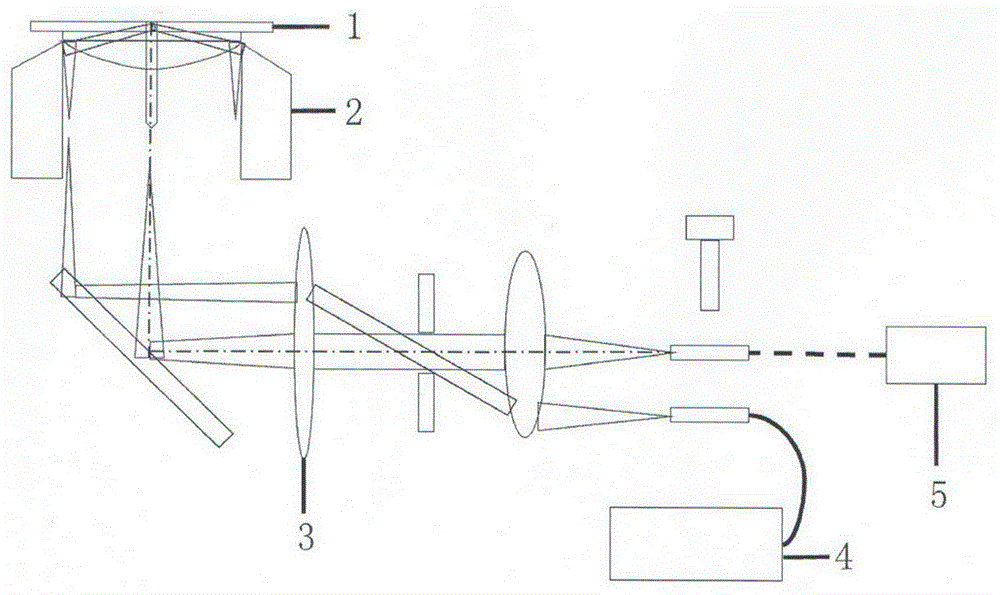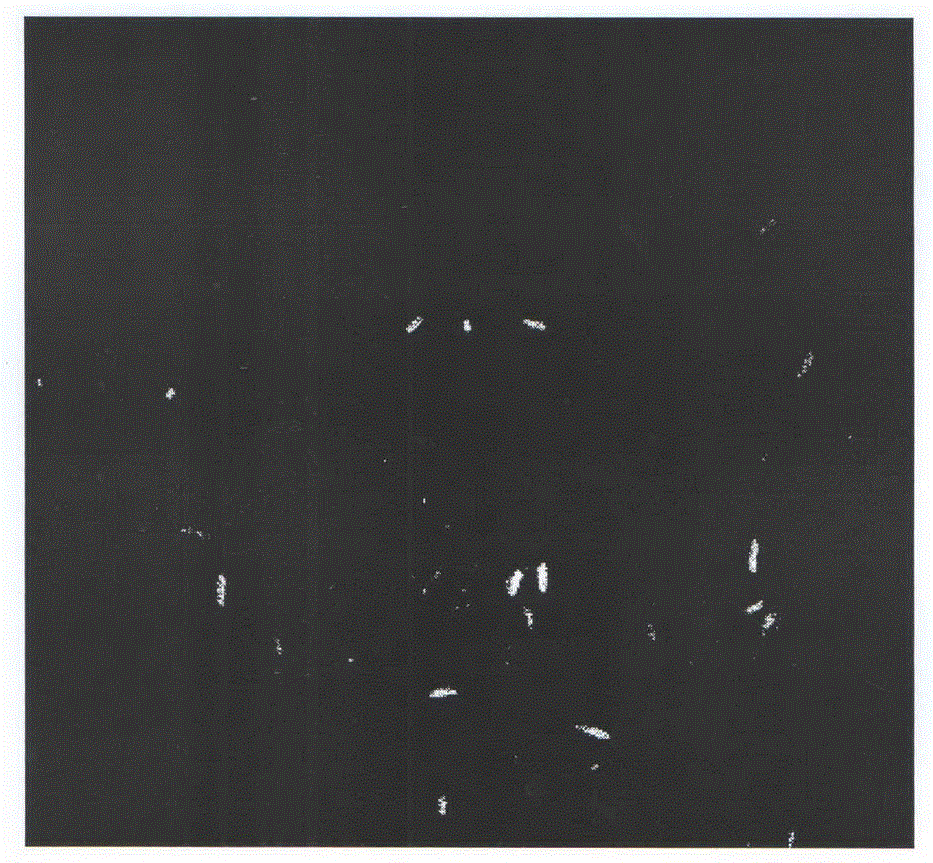Method for detecting nanoparticles adsorbed on surface of biofilm
A nanoparticle and surface adsorption technology, applied in measuring devices, instruments, fluorescence/phosphorescence, etc., can solve the problems of difficult adsorption process, high detection limit, low sensitivity, etc., and achieve high sensitivity, easy operation, and intuitive expression of results Effect
- Summary
- Abstract
- Description
- Claims
- Application Information
AI Technical Summary
Problems solved by technology
Method used
Image
Examples
Embodiment Construction
[0017] The present invention will be further described below in conjunction with specific examples, but the present invention is not limited to the following examples.
[0018] A method for detecting adsorbed nanoparticles on the surface of a biofilm according to the present invention, the method adds fluorescent nanoparticles to the biofilm attached to the growth of the cell slide, that is, the nanoparticles are combined on the surface of the biofilm, and the light is fully absorbed by the biofilm. After reflection, the evanescent wave generated on the large numerical aperture objective lens excites the nanoparticles to generate fluorescence, observes the biofilm area where the nanoparticles are adsorbed, and captures the number of fluorescent bright spots in the target area through the detector photomultiplier charge-coupled element to characterize the integrity of the nanoparticles in the biological The adsorption and permeation process on the surface of the membrane, the sp...
PUM
 Login to View More
Login to View More Abstract
Description
Claims
Application Information
 Login to View More
Login to View More - R&D
- Intellectual Property
- Life Sciences
- Materials
- Tech Scout
- Unparalleled Data Quality
- Higher Quality Content
- 60% Fewer Hallucinations
Browse by: Latest US Patents, China's latest patents, Technical Efficacy Thesaurus, Application Domain, Technology Topic, Popular Technical Reports.
© 2025 PatSnap. All rights reserved.Legal|Privacy policy|Modern Slavery Act Transparency Statement|Sitemap|About US| Contact US: help@patsnap.com



